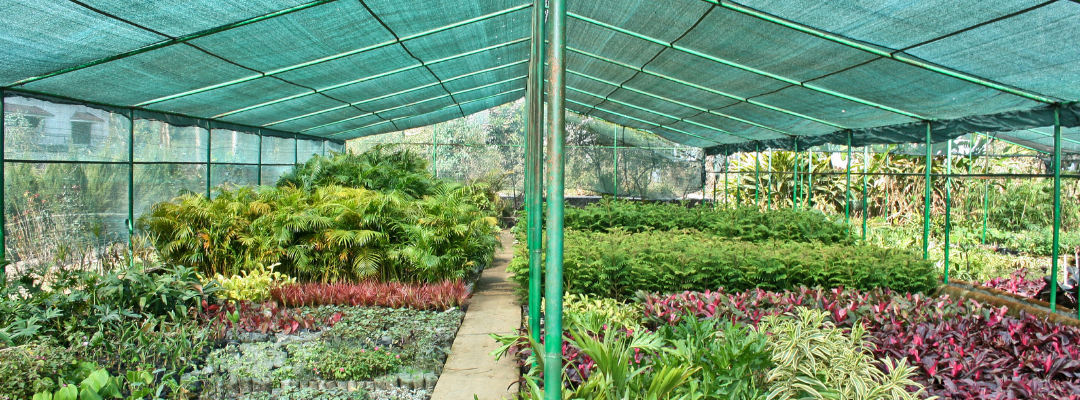Some people say that growing organically requires a different mindset. Receiving a price premium particularly when demand is high guarantees increased earnings, but many producers shifting to organic put environmental stewardship and personal values at the top of the list. Between 2017 and 2022, the US experienced a notable surge in the organic agriculture sector, with the Census of Agriculture showing increases (about 32%) in organic product sales. However, the number of organic operations dropped from 18,166 to 17,321 (about 5%).
Growing organic in the South has its own challenges; high pest pressure, high humidity and a region prone to extreme temperatures. As such, organic operations in the South tend to be smaller but are still important contributors to the sector. A closer look at the Census of Agriculture reveals some important changes in organic production for row crops and specialty crops. Arkansas, Georgia, North Carolina and Kentucky about doubled sales, Texas and Florida went up by 50%, and states like Louisiana where organic agriculture does not have a big economic footprint still reported a 12% growth. South Carolina and Texas were the only Southern states reporting a growing number of organic operations.
Another challenge that organic producers face is the USDA certification process. Transitioning to organic requires familiarizing yourself with the certification process and regulations of the USDA National Organic Program (NOP). The recent Census of Agriculture revealed a decrease in the farms with acres transitioning to NOP. Though the numbers may be discouraging, it is worth considering the level of responses the Census received which was low particularly in some states.
Figure 1: Number of farms with acreage transitioning into USDA NOP

It will be interesting to see how producers will respond to the changing production landscape in the near future. As USDA works in amending organic production standards and with the demand for differentiated products continuing to grow will USDA provide more support to organic production? As of now we have seen increased funding in organic production through grants, funding towards development of organic markets under the Organic Market Development Grant program and this is the fourth year that USDA provides cost share assistance for organic certification. Certified organic producers and handlers who have paid certification fees during the 2024 program years may apply for reimbursement of the incurred costs up to 75%. The application deadline is October 31, 2024. For more information see link below: https://www.fsa.usda.gov/Assets/USDA-FSA-Public/usdafiles/organic-certification-cost-share-program/pdf/2024/fsa_occsp_fact_sheet.pdf
Bampasidou, Maria, and Juna Dylce. “Transitioning to Organic in the South.” Southern Ag Today 4(26.5). June 28, 2024. Permalink





